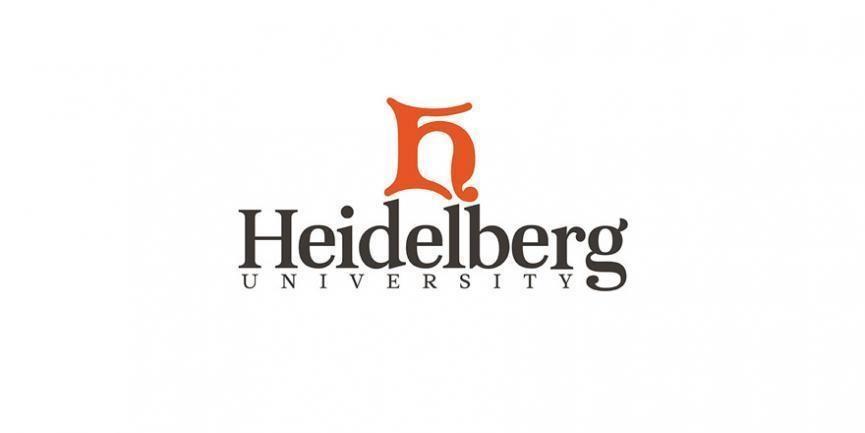
The Free Application for Federal Student Aid (FAFSA®) can unlock future higher education paths and connect families and students -- especially first-generation, Pell-eligible students and those facing financial hurdles -- with thousands of dollars in federal financial aid. Unfortunately, far too many of Ohio’s eligible students don’t complete the FAFSA, according to the Ohio Department of Education (ODE) and the Ohio Department of Higher Education (ODHE).
Heidelberg University aims to change that by putting that opportunity within reach of students.
The university recently received a $30,000 grant from ODE and ODHE through the FAFSA 22 Funding Opportunity. The grant is part of the $1.8 million Governor’s Emergency Education Relief Fund. With the funding, Heidelberg will extend its outreach to as many as 50 high schools, providing individualized, on-site and follow-up assistance in completing the FAFSA.
“Heidelberg has committed to being a community resource, not just through the enrollment of students, but as a partner for students who may not know how to navigate the processes of college admissions,” said Dr. Tony Bourne, vice president for Enrollment Management & Marketing. “One of our goals is to see a measurable increase in the college matriculation of Ohio students, especially those in underserved rural counties.”
“These funds will support Heidelberg’s efforts to continue our commitment to opportunity for students with financial hurdles, ensuring they have a better understanding of the true cost of higher education by receiving a full financial aid package,” Tony added.
The university’s Financial Aid team has participated in Financial Aid Nights for 15 years, working with families on the benefits of completing the FAFSA and assisting with the general process of submitting the form. The grant funds will expand and leverage the infrastructure and outreach efforts already in place.
Through its FAFSA completion assistance program, Heidelberg’s Admission and Financial Aid offices will connect with high school administrators and school counselors to provide “FAFSA Completion Nights” across Ohio. These sessions will focus on rural schools and are designed to link students and their parents with resources that will help them complete their FAFSA on-site.
The sessions will be conducted by admission counselors with virtual assistance from financial aid specialists. There will be a group presentation and Q&A, followed by one-on-one work where families can complete their FAFSA during the event. Heidelberg also will offer follow-up opportunities. To avoid scheduling conflicts, the events will be planned to coincide with existing activities when parents and students are often available and school schedules are set. Many of the high schools working with Heidelberg will offer more than one date to families.
Additionally, a mobile hotspot will be deployed to allow for more access to internet services, and families will be provided access to a laptop or iPad to complete their FAFSA, Bourne noted.
Ultimately, Heidelberg’s goal and the goal of FAFSA 22 is to increase FAFSA completion rates. That number took a significant hit during COVID-19 with only 56.7 percent of Ohio’s graduating seniors completing their FAFSA, according to ODH and ODHE. “Millions of dollars are left on the table, impacting students who continue to believe that postsecondary training and college are out of their reach,” the organizations said.